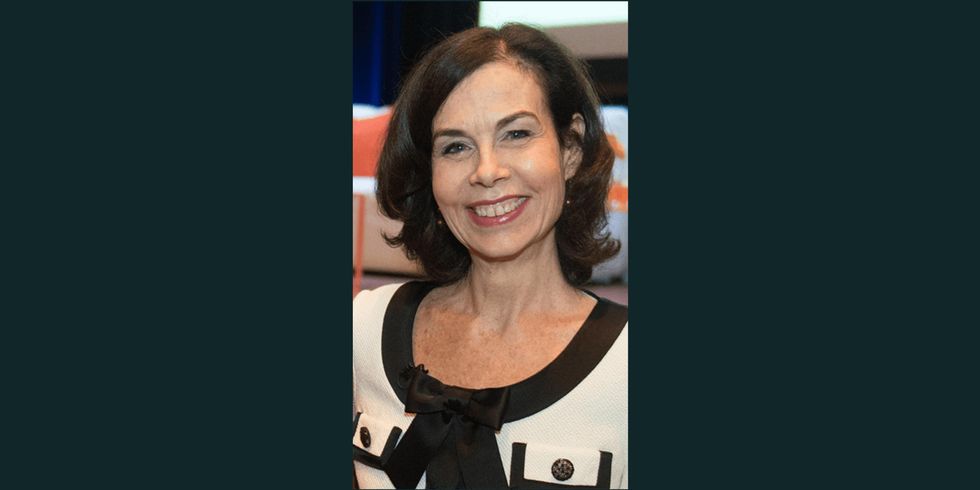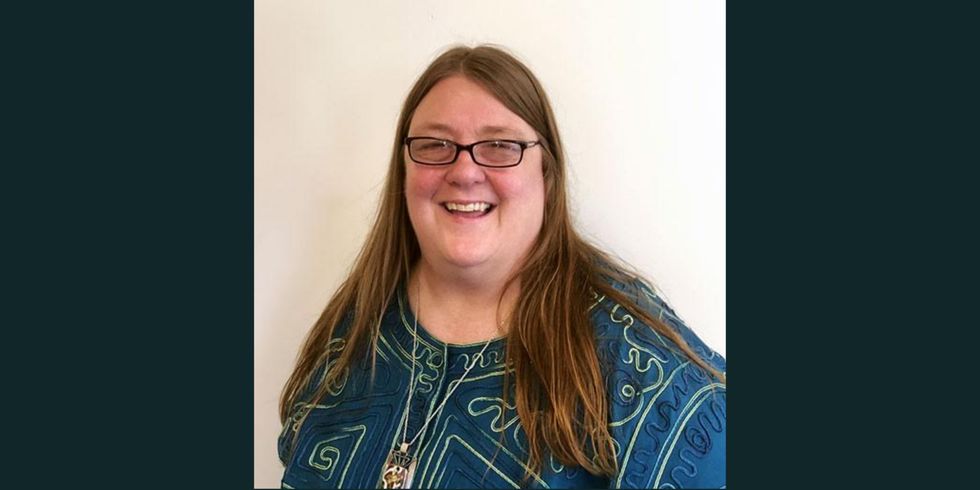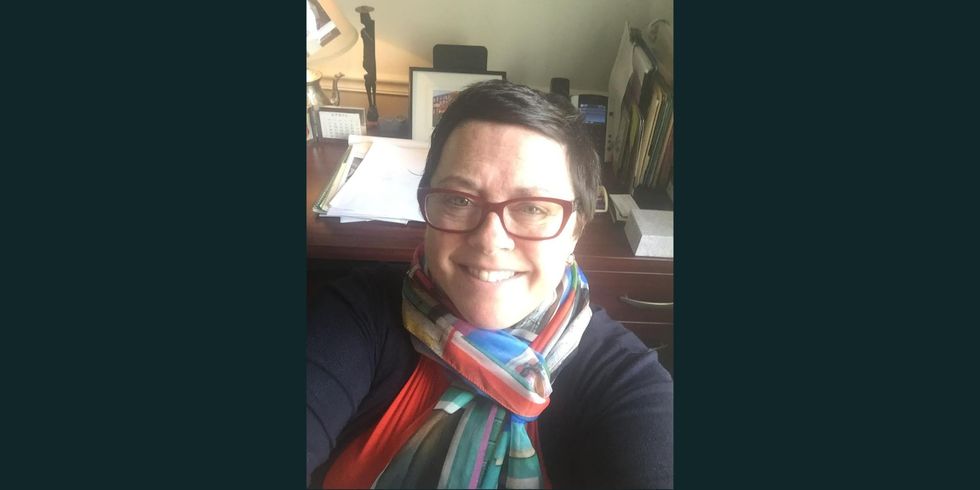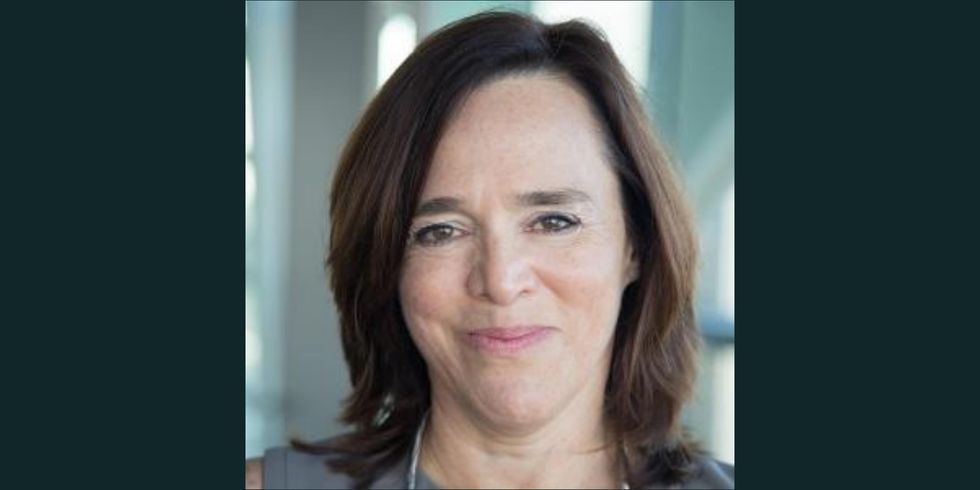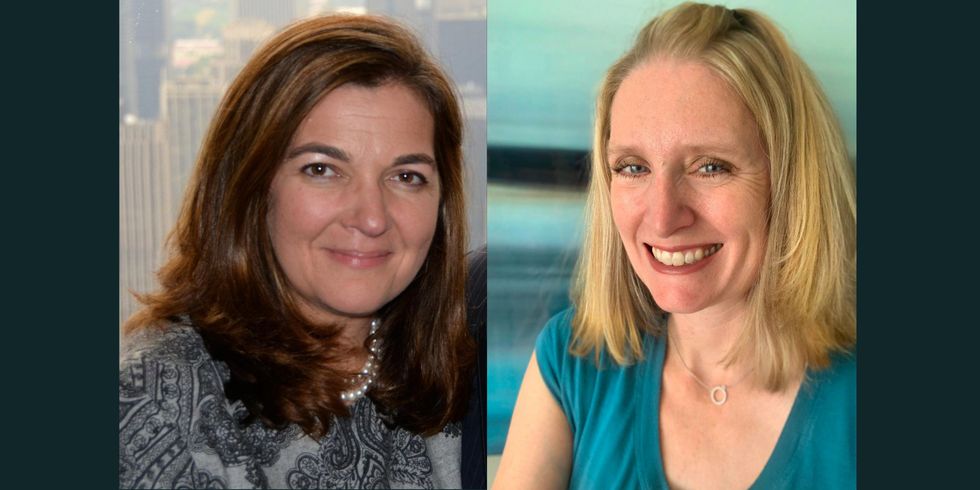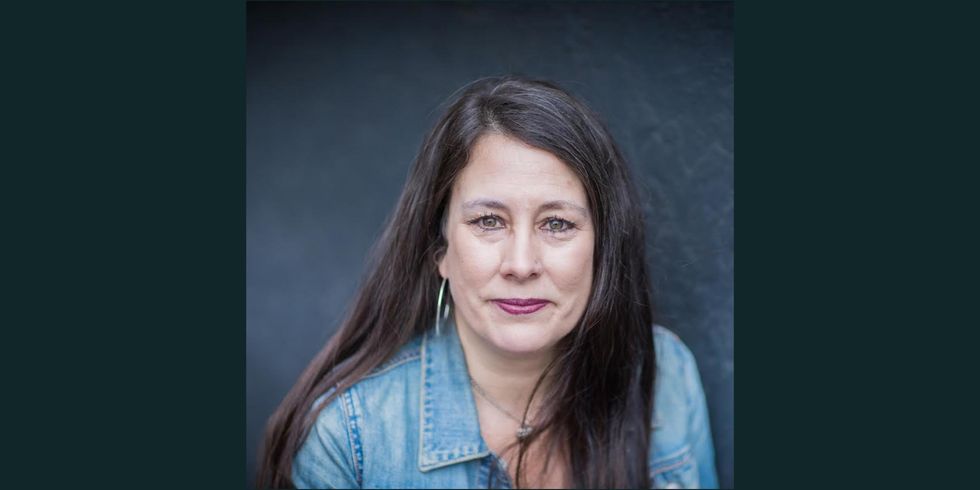While women remain significantly underrepresented in government, there is at least one adjacent field in which they have achieved gender parity in leadership: the universe of democracy reform and bridge-building organizations.
In its 2021 Diversity Report, the Bridge Alliance found that half of the executives leading its 100 member organizations are women. (Disclosure: The Fulcrum is a program within the Bridge Alliance, which brings together organizations working toward a healthy democracy.)
To mark Women’s History Month, The Fulcrum is spotlighting just some of the women leading these organizations.
Jillian Youngblood
Executive Director, Our Civic Genius
"I do this work because I know how strong our country is when we work together and draw on our spectacular diversity of opinion and experience. The women inspiring me today are the journalists who help us understand and reflect on the rapidly changing world around us, like Anne Applebaum and Kara Swisher."
